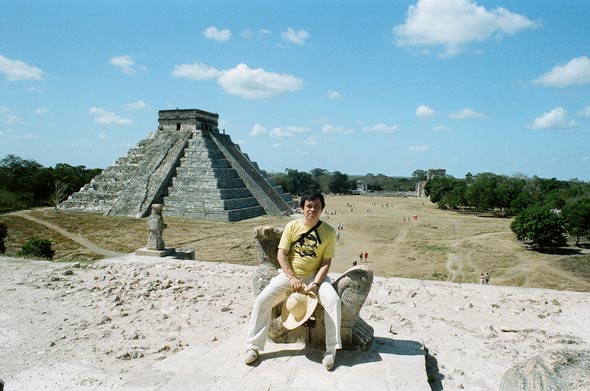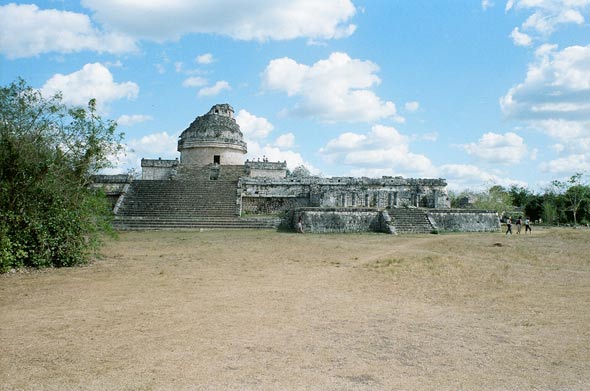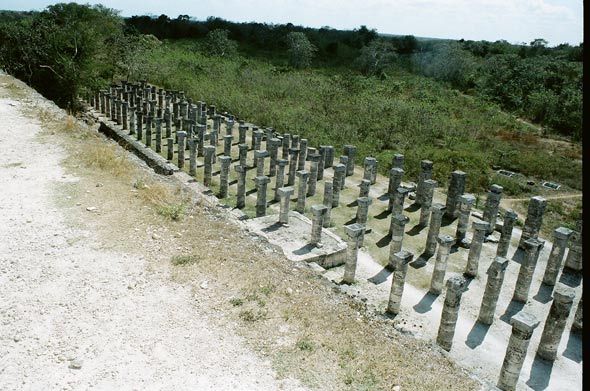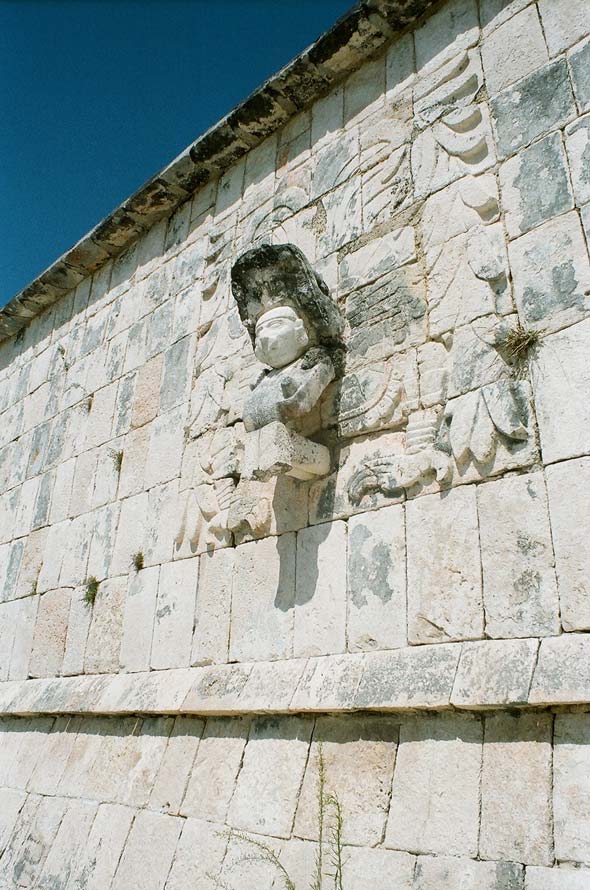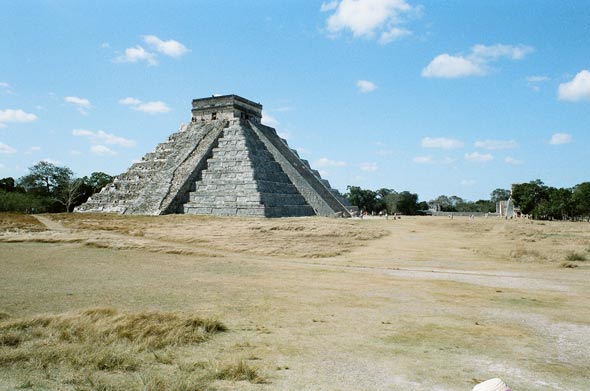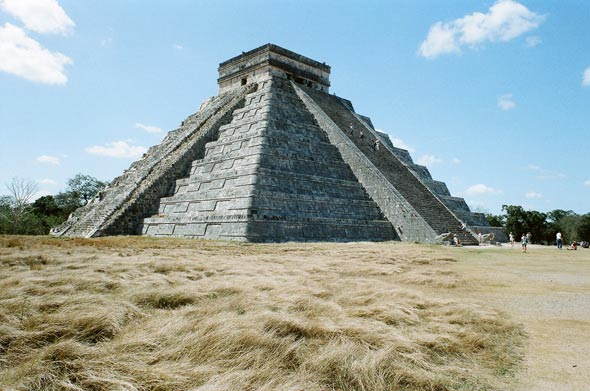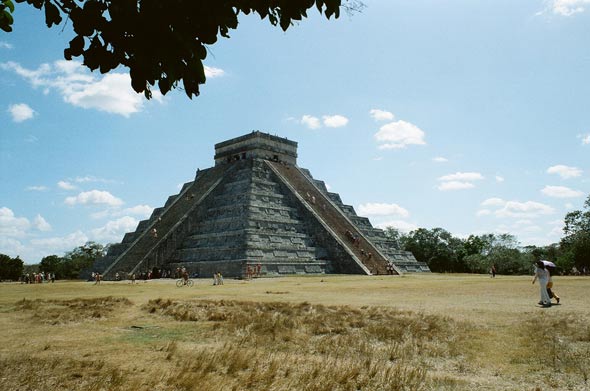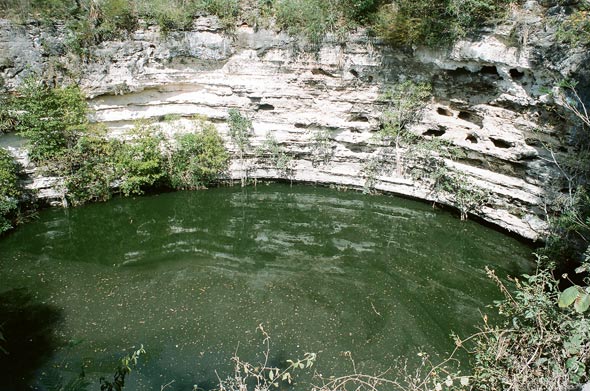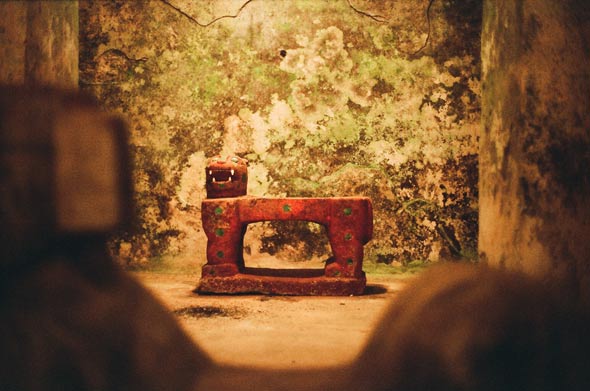December 19, 2012. In the foothills of the Appalachian, PA.
I don’t know what you are going to do and where you’re going to be, but blessings to you and yours on this most sacred time of the year. I will be in NY City December 21, 22 and 23. I leave for the Philippines on Monday December 24.
No, the world is not going to end on December 21, notwithstanding dire and apocalyptic prophecies. Yes, there is going to be a shift in the astronomical alignment, but only to the extent that we are moving to another season (Spring and the return of the Light). No, we do not have to do anything extraordinary (like a pilgrimage to Chichen Itza in Mexico or the pyramids o Giza in f Egypt), but it’s important to be aware of the shift our own body is taking as we slowly move through the seasons. Yes, we should do a meditation to align ourselves to Nature and its transformation. So perhaps on the 21st or 22nd, we should spend an hour or so early in the morning or late at night (preferably at 11 pm to 1 am) in stillness. Since it is the year of the Water Dragon, focusing on the Kidneys and the Water Element would help re-orient us to the 5 Elements (Water, Wood, Fire, Earth and Metal). I will do my own practice. On the 22nd I will also be at Columbus Park in Chinatown at 8 am to practice Tai chi chuan. If you are interested, please feel free to come.
To me, change in the world has to start from within. Self-cultivation practices are important in human transformation. So each and everyone of us has to have a serious meditative, spiritual and/or qigong regimen. It is good to do it with others, a group or community of friends and practitioners. But often we have to do it alone. We have to work on the Heart to be able to see ha any concrete and significant effect out there. Ultimately, society is just a mirror of what happens from within.
May I share some brief notes from my journal at this time of year:
Winter Solstice is associated with the coming of the Light in many ancient cultures. In the I Ching/Book of Change, Hexagram 24, this is depicted as Return/Fu. The Yang emerging from the Darkness of the Yin.
“The Complete I Ching: The Definitive Translation” by Al Huang (Inner Traditions: 1998) says:
“Fu plays an important role in the I Ching. It is one of the twelve tidal gua used to explain the cosmology of the changing of the seasons — to go around and begin again. It represents the eleventh month of the Chinese lunar calendar, or December. According to the I Ching, ‘When Yang turns back, it is Fu.’
“At the Winter Solstice, the twenty-second day of the eleventh month, the yang energy emerges. In Northern China, people can actually feel the yang energy begin to surface at the turning point of that specific day. There is an ancient saying handed over thousands of years: ‘At winter solstice, yang begins to surge.’ This idea is vividly expressed in the structure of the gua. For this reason, during the Zhou dynasty the Chinese New Year began with the winter solstice. The yang energy starts a new cycle.” page 212.
In the Taoist meditative and health exercise of Taoyin (now called Qigong), Winter Solstice is associated with the 5th lumbar vertebra and its activation. Each of the 24 vertebrae in the spine corresponds to a day in the calendar. So a vertebra is covered once every 15 days. Chen Xiyi, a Taoist of the 10th and 11th century CE, who lived on Huashan/Flower Mountain, choreographed exercises. He said that the set for the Winter Solstice should be done between 11 pm and 3 am on the second half of the Eleventh Moon to remedy cases of cold and damp in the jingluo channels and the extremities, lumbar pain, and counterflow qi under the navel/CV8/Shenque. Master Chen is also famous as the founder of Liu He Ba Fa/6 Harmonies, 8 Methods and Sleeping and Dreaming Qigong.
“Ancient Way to Keep Fit” (Hai Feng Publications HK: 1990), page 45.
With David Verdesi (www.david verdesi.com) and other students, I visited the Basilica di San Clemente in Rome 3 times within a period of 1 month 3 years ago. We were training in Lei Shan Dao at the time. Beneath the church were the ruins of the ancient temple of Mithras. There were pillars, a fresh water spring, and most prominently a cauldron-like excavation for bull sacrifice. I did not know anything about Mithras except he was supposed to be a Persian god or prophet. A quick look at the internet showed that he preached love and compassion, had 12 disciples, died and was resurrected on the third day. He was born on December 25 about 500 to 600 years before Jesus.
Here is a passage from a book that I’ve been reading:
“One of the imported religions that was gaining a large following in Rome was the Iranian cult of Mithras. According to legend, Mithras had been sent to Earth by the Supreme God of Light to slay a bull whose blood was the source of all fertility. Only men (most of them Roman soldiers) participated in Mithraic rites. Neophytes were required to undergo baptism and to perform deeds of self-sacrifice and courage, thereby progressing through seven stages of initiation. The process was said to bring about a gradual purification of character, leading finally to the unconditioned state that the soul had known before birth. Having achieved this seventh degree, the initiate was regarded as an incarnation of the divine.
“The central event of the cult myth, the slaying of the cosmic bull, was regarded as the greatest event in the history of the world – the act of Creation at the beginning of time, and of redemption at the end. Believers reenacted the drama in a nocturnal bull sacrifice in a cave or grotto. This ceremony was seen as a celebration of the union of opposites – life and death, spring and autumn, beginning and ending. Sculptures of the bull slaying showed grains flowing from the wound in the animal’s neck.
“Mithras’s birth was supposed to have been attended by shepherds. At the end of his time on Earth, he and his disciples shared a last supper, which was later commemorated by believers in a communion of bread and wine. Furthermore the hero was said not to have died but to have returned to heaven, and his followers believed that he would come again at the end of the world. Then the dead would rise from their graves for a final judgment.
“The Mithraic holy day was Sun-day, a fact no doubt noted by Emperor Aurelian, who, with so many of his soldiers being initiated into the Iranian cult, must have wondered: Why not consolidate the worship of Mithras with that of Sol Invictus? Accordingly he declared December 25th the official birth festival not only of Sol but of Mithras as well.
“By the fourth century, a radical Jewish sect calling themselves Christians was brewing trouble for the Roman authorities. The Emperor Constantine, realizing the best way to defuse the movement might be to co-opt it, made Christianity the state religion with himself at its head. The Christians went along, though doing so entailed a few revisions to their rites and beliefs. Previously their Sabbath was Saturn-day; but for unity’s sake, Constantine changed it to Sun-day, the feast day of both Sol and Mithras. This was acceptable to Christians since, after all, Christ’s resurrection had occurred on a Sunday, the day after the Jewish Sabbath (Saturday) following the Passover.
“Moreover, within another quarter of a century or so (by the year 360, certainly) the December 25 feast-day of Sol and Mithras had become the principal Christian festival as well, the day for the commemoration of the birth of Jesus. This date met with the approval of Christians because, first of all, no one knew Jesus’s real birthday anyway; and second, the winter Solstice had always been seen as a time of renewal. It was the time of the rebirth of the Sun and of light. Therefore how fitting to use it as the day to celebrate the birth of the true spiritual light of the world! And, even though the Solstice ceased to occur on December 25 centuries ago due to calendrical inaccuracies, Christians have celebrated Christmas on this day every year since.”
“Celebrate the Solstice: Honoring the Earth’s Seasonal Rhythms through Festival and Ceremony” by Richard Heinberg (Quest Books: 1993), page 104.
I was in Mexico a few times in the mid-80s. These photos were taken at the Chichen Itsa Mayan pyramid complex. There’s the pyramid of Kukulkan, the cenote/sacrificial pool, the observatory and the leopard inside the pyramid.
